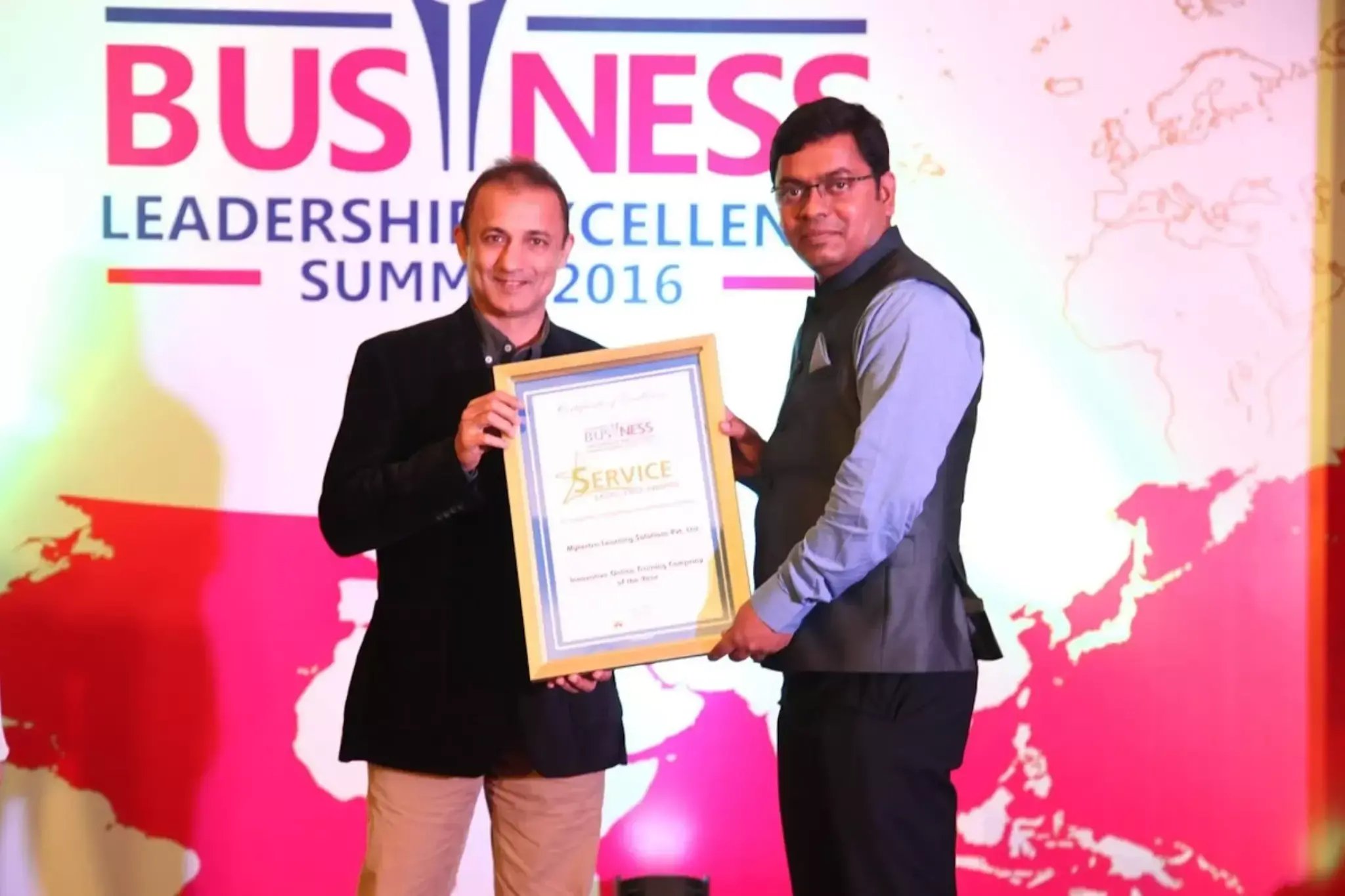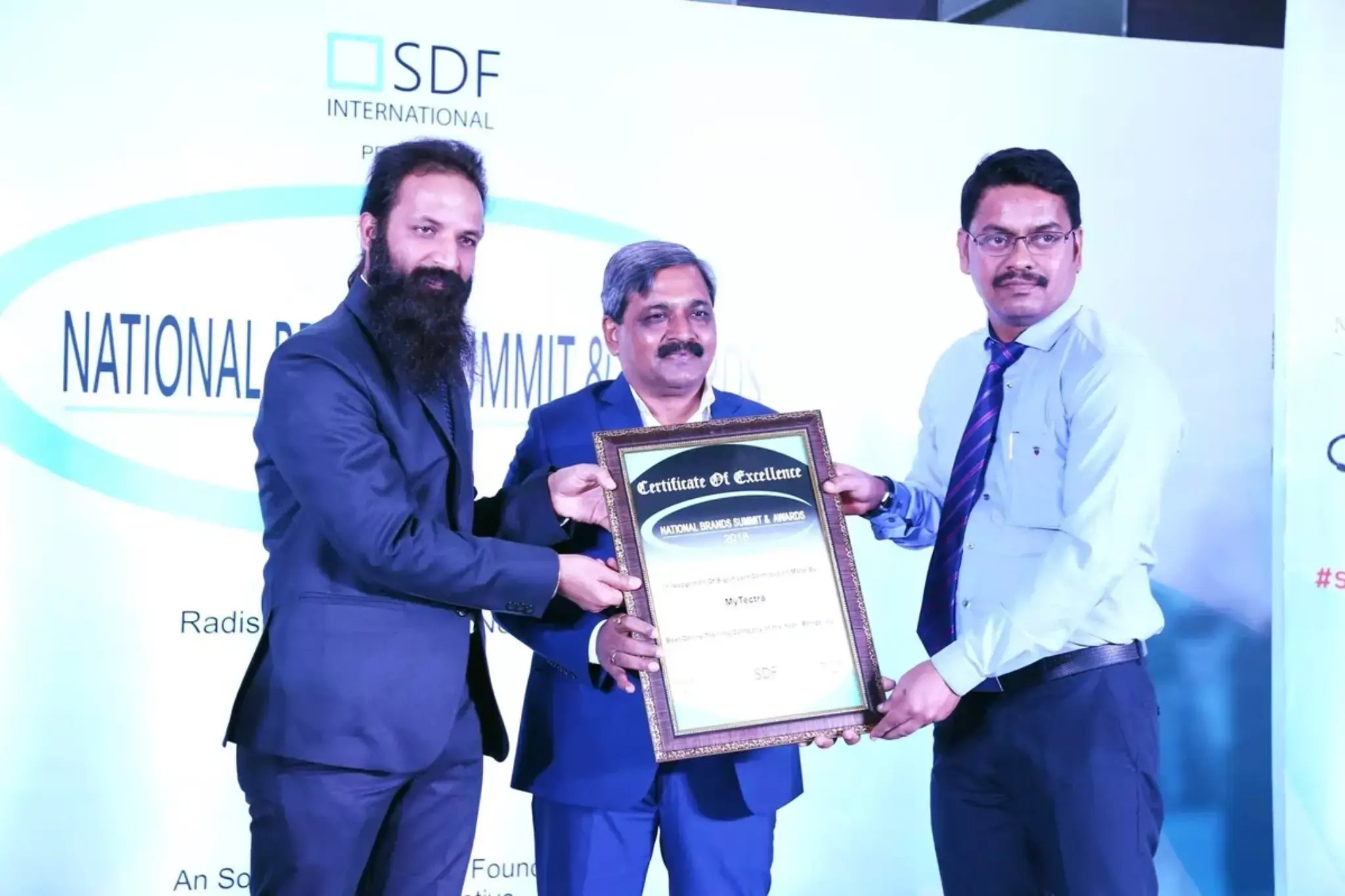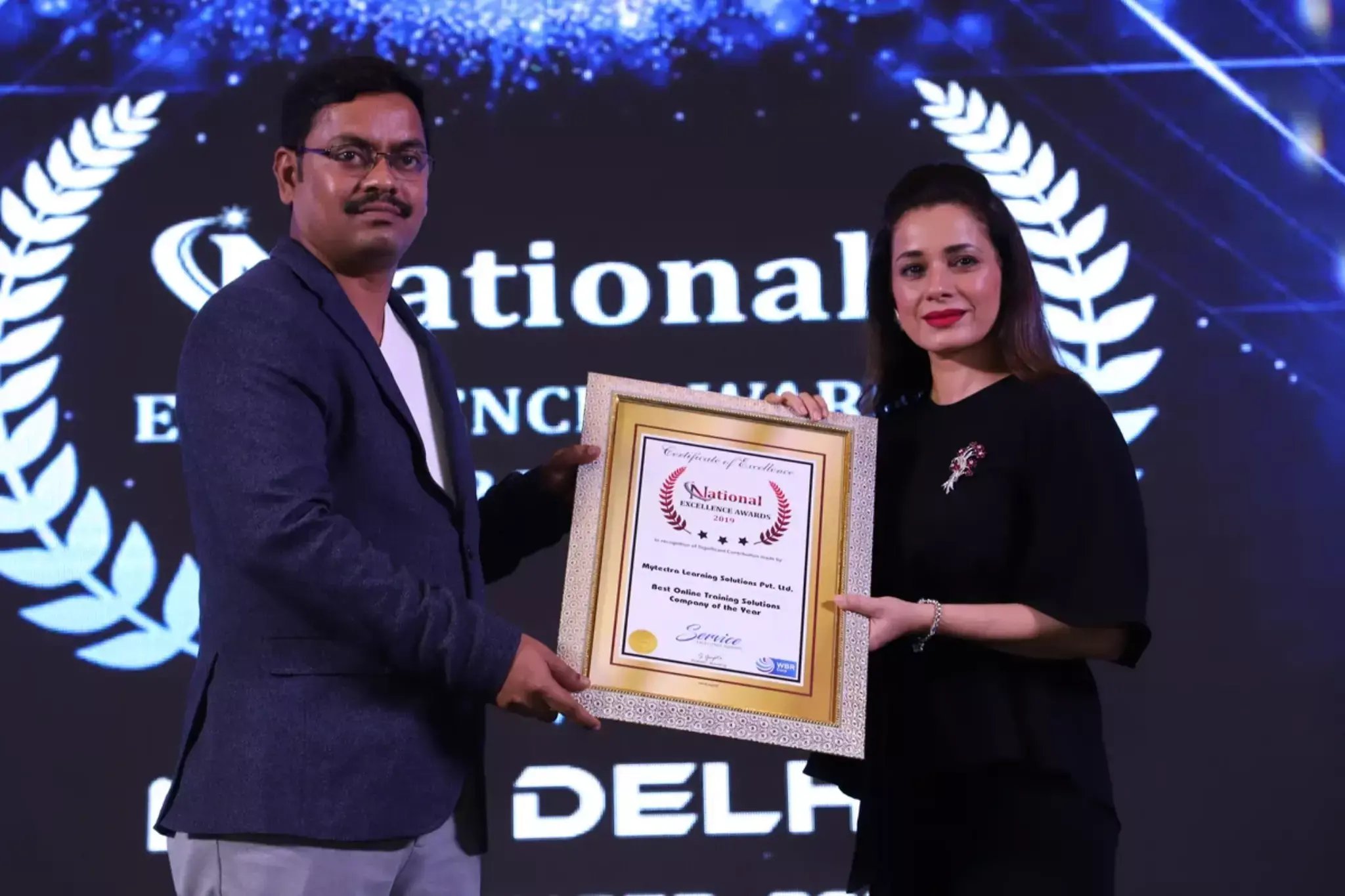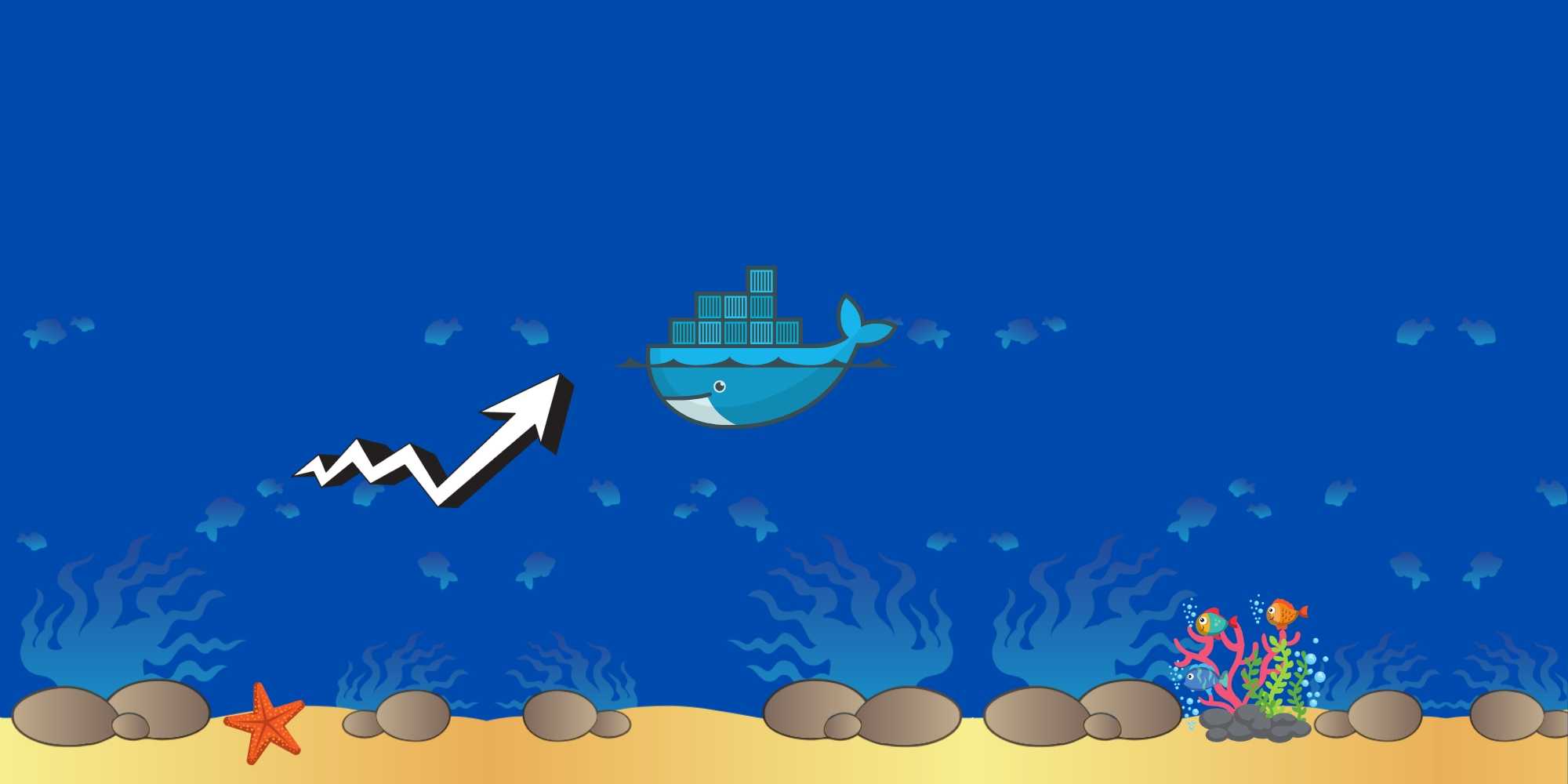Share this course’s details with your family and friends.
DevOps Training in Bangalore
Devops Training in Bangalore Offered by myTectra is the most powerful Devops Training ever offered with Top Quality Trainers, Best Price, Certification, and 24/7 Customer Care. Learn Virtually Anywhere. Get Started Devops Online Training Now!

20% Limited Time Offer
Learn Virtually Anywhere. Award-Winning Training Company.
High-Quality Training Awaits You
Join over 100000+ learners who have taken up training with myTectra. Get High-Quality Training, Certification, Best Price and 24/7 Customer Care.
Key Program Highlights:
- Delivering top-notch education to equip you with essential skills.
- Learn from industry experts with real-world experience.
- A thorough curriculum covering all necessary topics.
- Dedicated support to help you secure job placements.
- High ratings reflecting our commitment to quality.
- Hands-on experience through real-world projects.
- Personalized, engaging learning for better outcomes.










About Program
DevOps Certification Training Program will provide you with in-depth knowledge of various DevOps tools including Git, Jenkins, Docker, Ansible, Puppet, Kubernetes and Nagios.
myTectra is the Market Leader in offering DevOps Training in Bangalore using Classroom and Online Training Globally. Let’s Kick-start your career in Devops.
Curriculum:
Introduction to DevOps and its Necessities
- DevOps
- DevOps Roles
- DevOps Necessities
- DevOps Problems & Solutions
- Making a DevOps Transition
- Identifying cultural impediments and overcoming it
- Building Accountability and Trust
- Understanding the Infrastructure layouts and its Challenges
- Understand Scalability and Availability
- Networking Concepts from an enterprise perspective
Understand Common Infrastructure Servers
- Working of DNS Server at Internet Scale
- DNS Installation
- DNS Configuration
- DNS Tuning and Geolocation
- Understand Web Servers like Apache
- Ngnix and their differences
- Configure Apache and Nginx for the Enterprise
- Load Balancing through HA Proxy and Setup NFS for storage presentation
- DNS Installation and Configuration
- DNS Master/Slave Configuration
- HTTPD Web Server setup
- HA Proxy Setup - Both HTTP & TCP based load balancing and Ngnix Installation and Configuration
Implement Automated Installations and Deployments
- Installation of Linux Servers using PXE boot or kick start method
- Yum repository setup and Automatic system updates
- Configuration of SVN and GIT
Practicals to be covered
- Linux Installation Methods - Setup PXE(Preboot Execution Environment) and Linux Repository Setup
Understand Performance tuning aspects and basic Security for Infrastructure
Learning Objectives
- In this module, you will learn about Performance aspects of the Infrastructure from an Enterprise perspective and Implementation of Security to make the environment more secure
Practicals to be covered
- Automatic System updates, SVN and Git Configuration and IP Tables
Installation & Configuration of Jenkins and Puppet
- Installation of Jenkins
- Authentication with LDAP
- UNIX etc
- Integration with SVN
- Remote command execution
- Puppet Installation and Configuration
- Puppet manifests and examples
- Puppet with SVN
Practicals to be covered
- Jenkins installation and setup
- Jenkins and SVN integration
- Jenkins Remote execution
- Build a job by sending an email
- Puppet installation and Configuration
- Puppet Manifest examples- User creation
- Tomcat installation
- Apache Server installation and MySql Parameter changes
Introduction to Automation with Ansible and SaltStack
- Infrastructure as Code
- Ansible Installation
- Ansible Communication framework
- Ansible Playbooks
- Ansible Inventory/Dynamic Inventory
- Ansible Patterns
- Sample Scripts
- SaltStack States
- SLS and Top files
- Namespaces
- Renderers
- Templating Modules
- Orchestration
Practicals to be covered
- Ansible Installation
- Ansible Playbooks
- Salt Installation
- Running Salt
Automation with Chef
- Chef Recipes
- Chef Cookbooks
- Chef Architecture
- Tools - Knife & Scripting
- Chef Development Kit (ChefDK)
Practicals to be covered
- Command Line Tools: Chef and Knife Commands
Monitoring, Logging, Tomcat and System Tools
- Introduction to various logging tools
- Understand System auditing
- Install and Configure Nagios Monitoring for the Infrastructure
- Installation of Tomcat Server and examples
- Understand Openssl and Openssh details
- Understand rsync for backups
- Understand Commands like; lsof, netstat, Understand Virtual Memory, Free, top, vmstat, iostat, uptime, find, screen, strace
- Disk commands like -df, du, mkfs, tune2fs, fdisk, dd, Understand /etc/fstab, Mount commands
Practicals to be covered
- Syslog setup and examples
- Log rotation
- Nagios configuration and setup monitoring for Linux servers and LDAP integration with Jenkins.
Join the Course Now!
Learning Path
Master new skills to achieve your career goals.
Demo Session
Participate in a demo session for an overview of the course content. You will meet instructors and fellow learners, ask questions, and understand the teaching approach, helping you gauge the course’s relevance to your goals.
Enrollment
Complete your registration to join the course. You will gain access to the Learning Management System (LMS), where all materials, schedules, and resources are available, ensuring you’re ready to embark on your learning journey smoothly.
Live Classes
Engage in live classes led by experienced instructors covering core topics in depth. Interactive discussions and Q&A sessions encourage active participation, enhancing your understanding and retention of the material taught.
Hands-On Project
Complete a hands-on project that applies your learned skills in practical scenarios. This project simulates real-world challenges, allowing you to build a portfolio piece that showcases your competencies to potential employers.
Certification
After completing the course and project, you will receive a recognized certification that validates your expertise and enhances your professional credentials in your chosen field.
Career Support
Access career support services after certification, including resume workshops, interview preparation, and job placement assistance. These resources equip you with the tools needed to transition successfully into the workforce.
Clients Testimonials
Hear what our students say about myTectra



Hear from Our Successful Learners!
Discover how myTectra transformed their careers—your success story could be next!
Course Features
Expert Trainers
Courses are delivered by experienced working professionals and subject matter experts with real-world experience.
Hands-On Training
We provide learners with practical experience through real-world scenarios, projects, and interactive exercises.
Customizable Corporate Training
Tailored training solutions designed to meet the specific needs of organizations and teams.
Certifications & Assistance
Certifications offered by myTectra align with international standards and we also help you to prepare for globally recognized certifications.
Global Recognition
Trusted by individuals and enterprises worldwide, with a track record of successful alumni and partnerships.
24 x 7 Expert Support
We have a 24x7 online support team to resolve all your technical queries, through a ticket-based tracking system, for a lifetime.
Gain prestigious credentials and recognition
Start Learning Today. Access Your Resources for a Lifetime!
Enjoy lifetime access to myTectra’s Learning Management System (LMS), including session recordings, study materials, and resources. This ensures continuous learning and easy reference to course content even after completion.
Resume Preparation Made Professional and Impactful
Get expert guidance in crafting a professional and impactful resume. myTectra’s resume-building support helps highlight your strengths, certifications, and skills effectively, increasing your chances of landing your dream job.
Prepare for Success with Expert Mock Interviews
Prepare for real-world interviews with personalized mock interview sessions conducted by industry experts. Receive feedback on your performance, learn key interview techniques, and gain the confidence to succeed in job interviews.
FAQs
Would you like to reach us for the training for your team? Please fill the below form. We will get back to as soon as possible.
myTectra is providing 100% placement assistance on our key courses. We help you with the career counselling, Exams on Key courses, Mock Interviews and Technical Interviews Tips.
Landing an interview proves that you have the job-specific skills for the position, but how do your interview skills stack up? Also, Soft skills are often the most important factor in showing you're the best candidate for the job.
Hence we are conducting FREE TRAINING on Soft-Skills worth Rs-25, 000 to all myTectra students which will help you to attend the interviews with more confidence.
You will never miss a lecture at myTectra. You can choose either of the two options:
Classroom Training:
- If you miss one or few classes we can give a backup class based on trainer and your convenient time.
- In case if you miss many classes, we can reschedule your class with upcoming batches or other running batches based on how many courses topics you have completed so far.
Live-Online Training:
- View the recorded session of the class available in your LMS.
- You can attend the missed session, in any other live batch.
Yes. We arrange a free demo for all the courses either in the Classroom or Live-Online demo. Please fill the demo request form below to schedule a free demo.
Just give us a CALL at +918047112411 OR email at support@mytectra.com
- Visa Debit/Credit Card
- American Express and Diners Club Card
- Master Card
- PayPal
- Net Banking/Wire Transfer
- UPI Payment such as Google Pay, PhonePe, Paytm
- Cash/Cheque/DD ( Not for Online Training )
For Individual:
Classroom Training - Bangalore
Live-Online Training - Globally
For Corporates:
Classroom Training - We deliver classroom training for corporate in more than 20 countries. Send us an Enquiry Now!
Online Training - Globally
* All of the classes are conducted live online. They are interactive sessions that enable you to ask questions and participate in discussions during class time. We do, however, provide recordings of each session you attend for your future reference.
Our Trainer’s are chosen not only for their knowledge and expertise but also for their real-time experience in the respective courses.
Related Programs
Career Services

Placement Assistance
Exclusive access to myTectra Job portal
Mock Interview Preparation
Resume & LinkedIn Profile Building

Access to Soft Skill Enhancement
One-on-one career guidance
Related Blogs
Unlock Valuable Insights to Boost Your DevOps Expertise!

Best DevOps Tools for 2018

Top 10 Benefits You Will Get by Using Docker

What is DevOps ?
Find DevOps Course in Other Cities
Devops Training in BangaloreYes. myTectra Offers Classroom Training in Bangalore on devops and Live-Online Training on devops Globally. |
Devops Online TrainingYes. myTectra Offers Live Online Training on devops Globally. |
Devops Training in MarathahalliYes. myTectra Offers Classroom Training in Marathalli - Bangalore on devops and Live-Online Training on devops Globally. |
Best Devops Institute in BangaloreYes. myTectra Offers Classroom Training in Bangalore on devops and Live-Online Training on devops Globally. |
Devops Training in BTMYes. myTectra Offers Classroom Training in BTM Layout 2nd Stage - Bangalore on devops and Live-Online Training on devops Globally. |
Devops Training in BTMYes. myTectra Offers Classroom Training in BTM Layout 2nd Stage - Bangalore on devops and Live-Online Training on devops Globally. |







